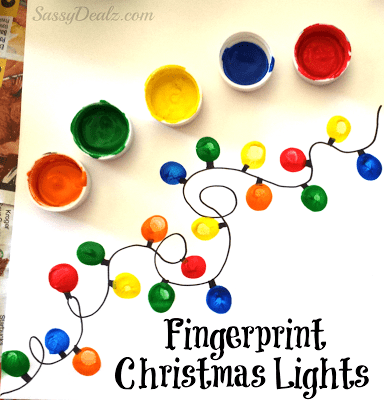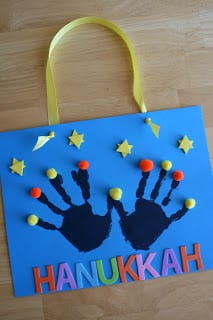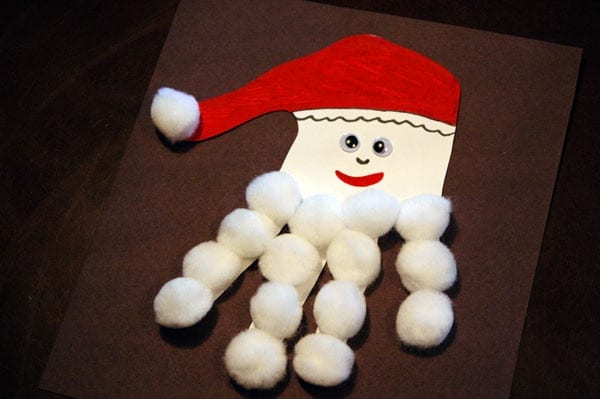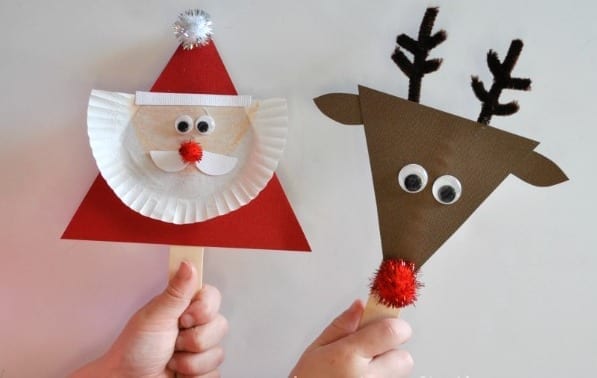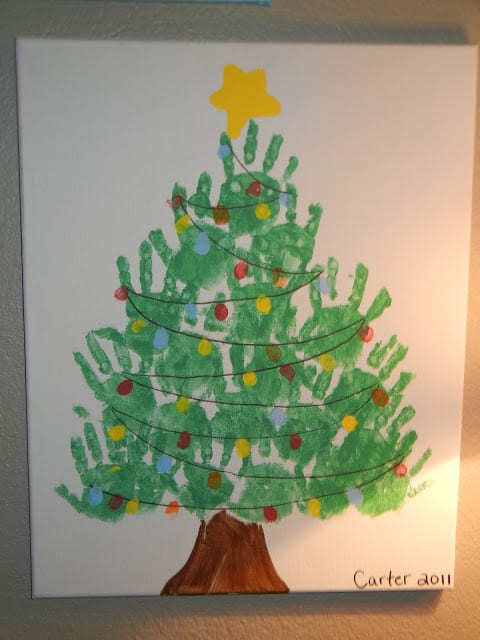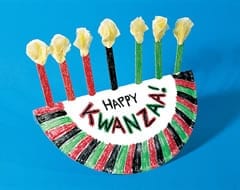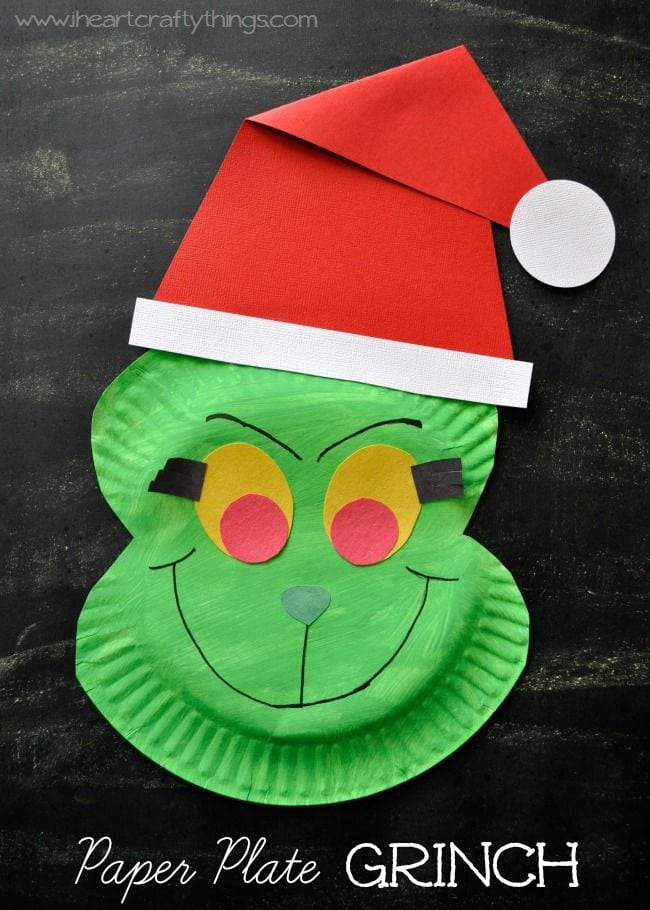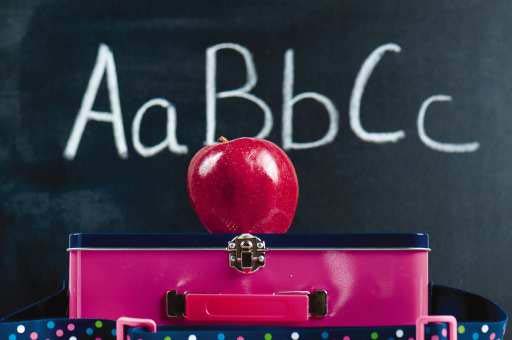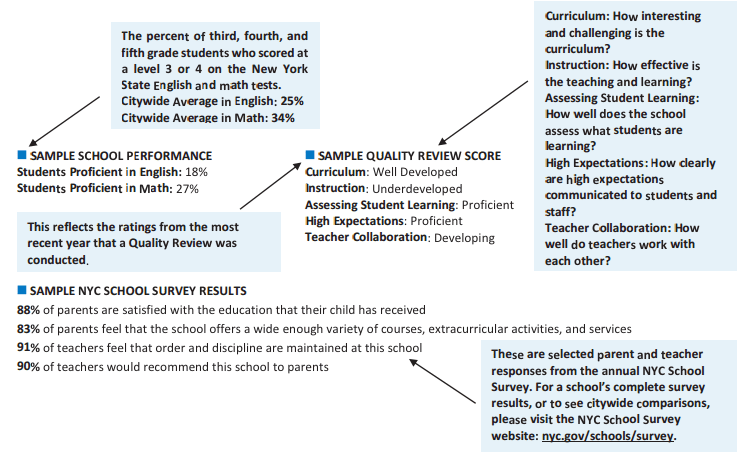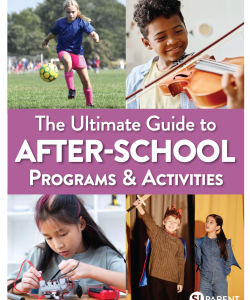
Should I give my child a smartphone? If so, what is the appropriate age? These are two questions many parents ponder over, especially as they maintain a growing concern for their child’s safety using smartphones and other technology. There are several ways to child-proof your electronics, but whether or not to give your child a smartphone or tablet of their own brings about other questions to consider: what is the purpose of giving them a smartphone? How will my child be using the phone? Do I feel my child needs access to more advanced capabilities, such as GPS tracking or access to all apps in the app store? While there isn’t a universal age at which parents agree is the “right” age to give their kid a smartphone, there are a few things to consider that can help you decide what’s best for you and your family. Here are a few tips to help determine whether or not your child is ready for a smartphone:
Weigh your options
If you or another family member is taking your children to school and bringing them back home every day, a smartphone may not be necessary, especially if they are too young to participate in any sports, extracurricular activities and other after-school events. However, if your children participate in a lot after school activities or walk to school by themselves every day, you may want to have a line of communication with them. This can help you coordinate pick-up times around their practices, study sessions or rehearsals and give you a heads up if their activities are canceled on a particular day. It also helps put parents’ minds at ease knowing their children have a way to contact someone in the event that they run into any trouble on their walk home from school or while they wait for their ride.
After you decide that you do want your child to have a cellphone, the next thing you need to consider is whether or not you want to give them a basic phone, with only the ability to place and receive calls or texts, or a smartphone, with more advanced capabilities including access to the Internet and communication apps like Snapchat or Instagram. This choice may largely depend on your child’s age and what you think they’re mature enough to handle, as a basic cell phone with less features may be the better option for younger children.
Read Next | Everything You Need to Know about Camping in New York
Consider the added benefits
Smartphones are for more than just games, social media and texting friends. There are a lot of educational apps with great learning tools that parents can download for their kids to use. If you opt for a smartphone for the educational benefits but still worry about what your child does with the device when you’re not around, there are parental control tools that allow you to monitor their activity. Net Nanny, for example, covers iOS, Android and Kindle Fire devices to help parents keep tabs of what their kids are doing on their phone’s browser, messaging apps and social media accounts. Net Nanny also allows parents to set time limits on phone use and provides parents with alerts and reports of their child’s activity. Read our parental control software reviews to learn more.
An additional potential benefit to parents who opt to give their child a smartphone is the option to track the physical location of their child’s phone. Most cell phone providers give parents the ability to track their child’s smartphone using the phone’s built-in GPS features. If you choose to enable this feature with your service provider, you can see when your child gets to school, when they are on their way home or heading to their extracurricular activities and when they get home.
Talk about smart and safe phone usage
In addition to putting restrictions on phone usage (e.g.; no using it at the dinner table or after a certain time every night), parents should engage with their children as they try out new apps and explore new parts of their phone. Sit down with them, ask important questions and make sure they are aware of any potential safety concerns. Many kids, especially the younger ones, may see no harm in what they do on apps and online, but they could be unknowingly exposing sensitive information, like a phone number or home address, and putting you and your family at risk of identity theft.
When it comes to determining what age is best to give you child a cellphone, the decision ultimately boils down to parental preference. Whether you think your kid is better off without a phone or it’s imperative to get them one is a judgment call every parent must make for themselves.
By Jessa Barron for NextAdvisor.com

Read Next | Find Great After School Programs in Staten Island




